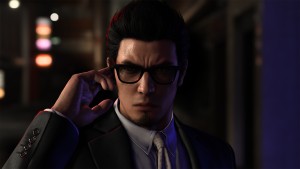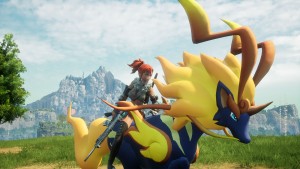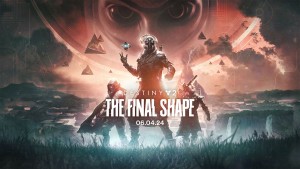Pokémon Ultra Sun Review

Starting with Pokémon Yellow in 1999, Game Freak has been revisiting its core Pokémon games for follow-ups that tweak the original releases in subtle but interesting ways. Excluding remakes, every generation until Pokémon Black & White received some kind of secondary release. Game Freak seemed to be moving away from this practice, but after Pokémon Sun and Moon became one of the most commercially successful entries in the franchise, it was no surprise to see the developer resurrect the concept. Ultra Sun and Ultra Moon are not new Pokémon games, making them a difficult recommendation to those who already played the 2016 titles, but if you skipped Sun and Moon, this is a fantastic place to jump on.
Ultra Sun and Ultra Moon may not be a sequel to Sun and Moon, but it is more than a straight re-release. The things I liked about Sun and Moon are thankfully all here. The improved controls and animation, the new Trial system that replaces gym-badge collecting, and using Pokémon mounts instead of HMs. The things that are new make Ultra Sun and Ultra Moon feel like a director’s cut; entire storylines and characters that did not make it into the original release appear here, and the editing makes certain elements flow differently (and often better). One example is your starter Pokémon – you get it much faster here than you did previously, with less pomp and circumstance to the whole affair. It means you can get to training and fighting faster, with less dialogue setting up the story and world.
Other changes include the new Alola Photo Club mode, which is surprisingly shallow. The mode is discovered about five hours in, and lets you take photos of yourself and a Pokémon of your choice in assorted poses and cover that photo in stamps. It’s cute, and not worth complaining about, but it adds nothing significant to the experience.
Mantine surfing lets you travel between islands by surfing on the back of a Mantine, another addition I enjoyed. Again, it’s not an explicit reason to play Ultra Sun and Ultra Moon, but this mode is unlike anything that has appeared in a core Pokémon game before, and I liked pulling off stunts and riding the waves on my way to new islands.
The other changes are not presented as new standalone modes, but are instead integrated into the total experience. Plenty of new and familiar Pokémon which did not appear in Sun and Moon make an appearance, and your Rotom Pokédex (which is itself a Pokémon capable of speaking) quickly calls out the new creatures he has never seen before when you encounter them. I appreciated these callouts from Rotom, because it made all of those new encounters just a little bit more exciting.
You also meet the new Ultra Recon Squad on your journey. This robotic pair pops up frequently to comment on your journey, fight, and learn about Pokémon from you, a trainer they have decided is an expert. The Ultra Recon Squad represent the biggest change to the story, so I was always excited to see them. They don’t improve or diminish the story in any radical ways, but they do change it up a little.
With Pokémon’s confirmed Switch future, Ultra Sun and Ultra Moon could be Pokémon’s final core installment on a dedicated handheld system. As a revisiting of the excellent Sun and Moon, it feels like a good note to close the generation on, but if you had your fill with Sun and Moon, don’t worry – you aren’t missing anything important.






















